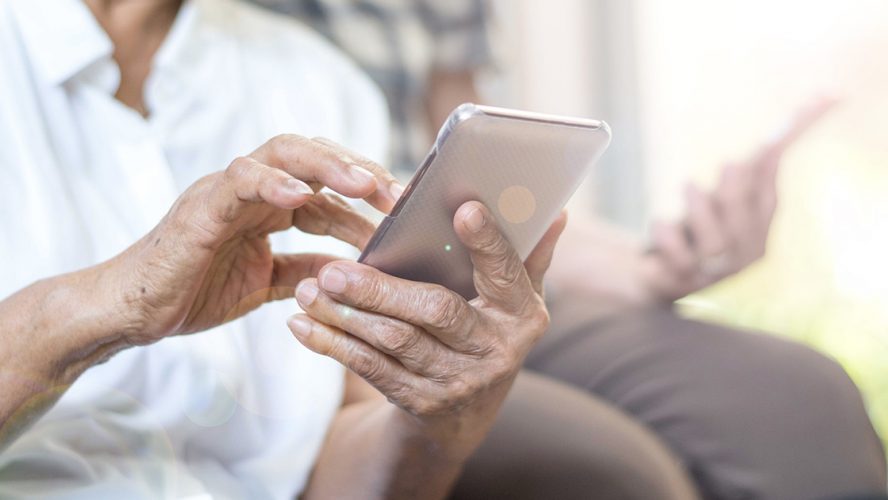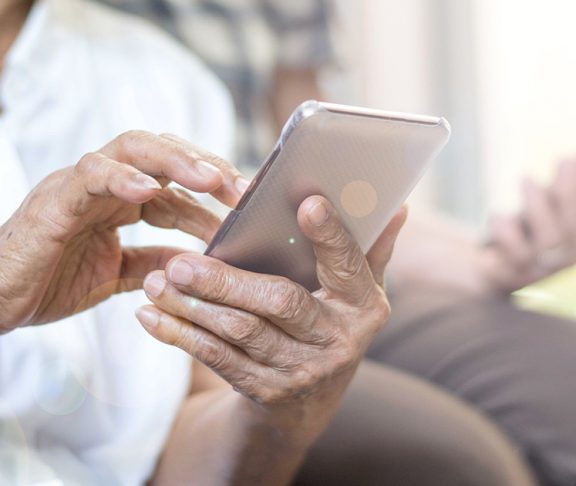Modern technologies like WiFi sensing help to invisibly maintain seniors’ freedom, privacy, and daily routine, while offering caregivers peace of mind.
Thanks to modern science, people are living longer than our ancestors could’ve ever imagined. Yet today, this gift of extra life isn’t without its challenges. Time still takes its toll on each of us, especially as we reach our 80s. As we age, it becomes far more difficult to get by without the help of those around us. Eventually, many require full-time assistance or a move to congregate living that offers additional support. It’s a challenge that nearly every family eventually contends with.
Fortunately, innovation means that we can both extend our lives and enjoy a fulfilling and independent retirement, all while easing the demands and stresses on caregivers. Zero-effort technologies play a key role in this.
The powerful effectiveness of zero-effort technologies
Zero-effort technologies require little or no effort to use. They can help to solve one of the most intractable problems of aging — how to help an aging relative who insists they don’t need help.
This is a common challenge that many families contend with, and it prevents them from being proactive in the care of aging family members. Sadly, it’s often an incident like a fall that forces families to confront the need for help.
Proactive support is highly desirable but incredibly difficult. To provide such support, families must preserve the freedom of aging relatives, empower seniors with control and privacy rather than taking them away, and protect seniors from stigma. Assistive technologies that are discrete and invisible while simultaneously providing the critical insights required by remote caregivers are highly effective tools for supporting aging loved ones.
WiFi connectivity and sensing to the rescue
Home WiFi connectivity meets all these requirements. It enables freedom and autonomy, and empowers one’s capabilities.
Once WiFi connectivity is in place, a WiFi sensing capable home router is the perfect zero-effort technology to enable aging adults’ independence while providing assistance that isn’t intrusive or stigmatizing.
Aerial’s innovative Remote Care Solution tracks seniors’ activity metrics, nightly sleep interruptions, and daily behaviours without sensors or wearables. These insights can provide early warning indicators such as sleep deprivation, mental health, or mobility issues. Additionally, it will notify loved ones when urgent care is needed while enabling remote check-ins.
WiFi sensing connects families and offers peace of mind for caregivers while maintaining seniors’ freedom and privacy.
A win-win for service providers and caregivers
Service providers and especially Internet service providers (ISPs) are well-placed to provide new remote care offerings that make a valuable difference for caregivers and their families. With approximately 1.5 million Canadians already taking care of an aging loved one, the ability to provide remote care services to a customer base that’s actively searching for them is a great way to serve a need in our society and communities, whilst also creating new revenue opportunities for service providers.
For ISPs, their existing WiFi infrastructure and consumer-orientated business model means that the introduction of this technology can be done at marginal incremental cost, providing affordable access to a remote care service for millions of families and caregivers. It allows ISPs to acquire market share from competitors by leveraging the influence that caregivers have on household connectivity decisions. It also provides an opportunity to connect disconnected households. And possibly, more importantly, ISPs are in a position to strengthen their brand by improving people’s daily lives in a meaningful way.



